Family Computer Magazine
Family Computer Magazine (commonly referred to as Famimaga) was published by Tokuma Shoten beginning in July 1985, pre-dating the launch of Famitsu by a year and making it the first magazine in the world to focus exclusively on the Famicom. It was modeled after its predecessor, Beep, and like that magazine featured text printed vertically in the right-to-left Japanese style. Its last issue was published in May 1998.
13 files
-
Family Computer Magazine Issue 014 (June 20, 1986)
By kitsunebi
Family Computer Magazine is read R-L, so you must set your CBR reader to Japanese/manga mode in order for facing pages to be displayed correctly.
99 downloads
Submitted
-
Family Computer Magazine Issue 013 (June 6, 1986)
By kitsunebi
Family Computer Magazine is read R-L, so you must set your CBR reader to Japanese/manga mode in order for facing pages to be displayed correctly.
So many two-page joins of game screen maps make me long for modern 3D games that can't be mapped on a screen-by-screen basis in magazines.
And speaking of maps, there are a couple of fold out poster maps at the end of the archive. The size of these is quite large - I haven't shrunk them down to the size of the rest of the pages in case anyone wants to zoom in to see them in greater detail.
84 downloads
0 comments
Submitted
-
Family Computer Magazine Issue 012 (May 16, 1986)
By kitsunebi
Other than the first several issues which required some fancy editing on my part, the rest of Hubz's scans of Famimaga have already been color-corrected. I could easily choose the lazy editor's route of editing out staple holes and fixing pages that were under-cropped and call it a day. Knock the whole thing out in 10 minutes, probably.
But I don't believe in the lazy way. So I make sure these things match up perfectly when viewing in two-page mode. Why? Most people probably only read one page at a time, it's true. But I like looking at mags in two-page mode since that's how the actual print mags were designed to be seen. And with giant 4K monitors being increasingly common, I wouldn't be surprised if one day we all read our digital mags that way, too. This means a lot more work joining pages together in the editing phase, and certainly slows things down, but just like many of the scans released here, all of @hardcorehubz's scans are already available to download elsewhere in their unedited forms, so anyone who's just gotta have them all right now can do so. The only reason to bother editing them at all is if we're gonna do a thorough job of it, and if that takes a little more time, so be it.
As always, Famimaga is printed Japanese style (right to left), so when in two-page view mode, you must also turn on Japanese/manga mode in your CBR reader. And for that matter, if you're using a PDF reader like Sumatra, this mag will not display as intended in two-page mode, but that can easily be solved by using a CBR reader instead.
111 downloads
0 comments
Updated
-
Family Computer Magazine Issue 011 (May 2, 1986)
By kitsunebi
As always, Famimaga is printed Japanese-style and read from right to left, so you'd better switch to Japanese/manga mode if you want the facing pages displayed in the right order.
This issue has a Q&A with Shigeru Miyamoto about the just-released The Legend of Zelda.
That's him on the left. "Miyahon" is a joke, or at least what passes for one in Japanese. You see, his name is written 宮本 in kanji, and the second kanji (by itself) can be read as "hon," meaning "book." It's a real knee-slapper if you happen to be Japanese, I bet.
The other interviewee is "Ten Ten," the co-designer of Zelda, Takashi Tezuka, but I don't know his nickname is also a hilarious play on the kanji in his name or not, because I still haven't recovered from the wackiness overload of "Miyahon" to be able to try to figure it out.
Miyahon. Video gaming's gain was standup comedy's loss, I'm sure.
Still, the man is a legend. I'm sure there's a nugget or two of invaluable wisdom to be gleaned from the interview.
131 downloads
Submitted
-
Family Computer Magazine Issue 010 (April 18, 1986)
By kitsunebi
This issue is a perfect example of why I think CBR is a better format than PDF for magazine scans (there's not even an argument of which is better for comics - CBR readers were created in the first place because PDF is such a godawful format for comics.) When we have facing pages forming images/text that can't be properly read unless both pages are viewed at the same time, such as the maps for The Legend of Zelda found in this issue, it makes sense that those pages be left as a single jpg. Whether the CBR reader is set to view single pages or two pages at a time, when it gets to a two-page join that has been saved as a single image, it will display ONLY that two page join. PDF viewers aren't able to make the distinction between pages of different sizes, and leaving the pages joined would cause the PDF reader to display the joined pages as one page with the following page set as the facing page, thus displaying 3 pages side by side and throwing off the facing pages for the rest of the mag thereafter. If two 2-page joins immediately followed one another, a CBR reader would display them one at a time, while a PDF reader would put them side by side, trying to squeeze 4 pages on screen at once.
Stupid PDF reader displaying 4 pages in "two-page mode":
Also, pages like the Goonies maps, which were printed sideways in the mag, can be rotated into landscape orientation and the CBR reader knows to treat them the same as a two-page join - displaying them one at a time regardless of whether you're reading in one or two-page mode. PDF readers would take two of those rotated images and display them side by side if you were viewing in two-page mode.
Another plus of a CBR reader is that pages of different sizes don't cause problems. You can set the CBR reader to display all pages at any pixel height you like, it will shrink or enlarge the images to match your desired size, giving images of different sizes a uniform appearance. PDF readers don't do this, so if you had an image followed by another image twice the height of the first, they would be displayed side by side at two completely different sizes (this is the root of the rule that mag pages be saved at a uniform height, even though it isn't actually necessary for CBR readers.)
Whenever I upload a mag to the Internet Archive, I include a note reminding people that the mag was edited and intended to be read as a CBR. The preview reader they have is based on the compressed PDF they auto-generate, and it quite often displays things incorrectly (just as any PDF reader would.)
But hey, maybe you prefer PDFs. In which case... YOU'RE OVERRULED! This ain't the place to complain, get out of here, ya lousy bum!! 😜
P.S. As usual kids, you've got to set your CBR reader to Japanese/manga mode if you don't want all the facing pages to be in the wrong order.
177 downloads
Updated
-
Family Computer Magazine Issue 009 (April 1986)
By kitsunebi
This is the last monthly issue of Famimaga before switching to a semi-monthly (every two weeks) publishing schedule. Actually, the last monthly issue was probably the previous issue, since although this issue is simply "April 1986," the next issue will be the "April 18th 1986" issue. So you can tell things are really heating up on the Nintendo Famicom front in Japan. This same month, both Marukatsu Famicom and Famicom Hisshoubon would also launch, and a couple of months later, Famitsu's first issue will arrive late to the party as well.
In addition to a complete strategy guide to Super Mario Bros., this issue also takes a look at the recently released The Legend of Zelda, as well as the Famicom port of Portopia, an important and extremely successful early Japanese menu-based graphic adventure game designed by Yuji Horii, someone who would soon blow up the Japanese gaming world with a little game appearing in a tiny preview at the back of this issue: Dragon Quest.
139 downloads
0 comments
Submitted
-
Family Computer Magazine Issue 008 (March 1986)
By kitsunebi
The main stories this issue would probably be both the release of The Legend of Zelda and the Famicom Disk System, both of which were released on February 21, 1986 (don't forget - Zelda was an FDS game in Japan - it wouldn't be released on cartridge there until 1994.)
All these background images and maps stretching across facing pages make editing these a real chore. 😮💨
Remember, if you're seeing this:
that means you're doing it wrong, dummy.😝
Don't be a dummy. Set your CBR reader to Japanese/manga mode:
119 downloads
0 comments
Submitted
-
Family Computer Magazine Issue 007 (February 1986)
By kitsunebi
Anyone interested in gaming history should take note: this issue not only features a first look at some game about a guy named Zelda (that's his name, right?), but it also features a very early discussion/interview between Masanobu Endo, the designer of Xevious and The Tower of Druaga, and some kid named Shigeru Miyamoto, who designed a couple of games I can't recall off the top of my head, but I hear he's done all right for himself.
*This issue is missing an 8-page pullout of maps for the game Challenger (pages 123-130). You can still see where they were pulled from the mag, along with the note instructing readers to peel the pages off (they weren't stapled in, but rather affixed with a strip of glue.)
**Also, as always, Family Computer Magazine is printed Japanese-style and read from right to left. Your CBR reader must be set to Japanese/manga mode for facing pages to be oriented correctly. Man, I'm getting tired of writing instructions on how to read Japanese magazines. You all are smart enough to figure it out on your own, right? If the text is printed horizontally, you read L-R just like alphabetic languages. If the text is printed vertically you read from R-L. Got it? This is the last time I'm going to mention it! 🫡
117 downloads
Updated
-
Family Computer Magazine Issue 006 (January 1986)
By kitsunebi
I started out thinking I'd just do the ads for the gallery and then ended up editing the whole thing. This is probably the earliest Nintendo mag that's been scanned yet, but it's mostly interesting to me seeing how Famimaga itself evolved over time. This issue has large b&w sections, quite a bit of which is manga, while by a couple of years later, Famimaga will become 100% full color and drop most of the manga, setting it apart from Famitsu, which at this point was still half a year away from launching.
Another interesting thing is noticing that some of the manga is based on Famicom games published by Takuma Shoten - which is also the publisher of Famimaga. Famitsu had the same deal - it was published by ASCII, who also published tons of Famicom games.
How this worked and they were able to maintain any sense of credibility with Japanese consumers I have no idea. Imagine if EGM was published by Electronic Arts and GamePro was published by Activision - who could trust them to treat the games they covered fairly? Or if Nintendo Power was published by Nintendo? Oh wait, it was. But that proves the point - no one read Nintendo Power expecting honest reviews and uncompromising criticism, they just expected lots of colorful pictures and maps, and that's what they got.
In that sense, I guess Famimaga could be seen a bit as the Nintendo Power of Japan, since, like Nintendo Power, it was published by a game publisher, was probably the most colorful gaming mag on the stands at the time, and took the high road by abstaining from reviews for the most part. It also seems to be the most beloved nostalgic mag for Japanese gamers of a certain age despite its lack of any strong critical/editorial stance. Add a Japanese Howard Phillips to the mix and they'd be twins.
***Oh yeah, forgot to mention - as usual, Family Computer Magazine is printed Japanese-style and is read from right-to-left. Your CBR reader must be set to Japanese/manga mode throughout the entire issue if you want facing pages to be oriented correctly.
Also, the color manga sections were actually a pullout with narrow landscape-aspect pages. I recommend setting your reader to "fit height" during that portion of the mag, which will basically fill your screen with the entire page and make it easy to read.
140 downloads
Updated
-
Family Computer Magazine Issue 117 (December 14, 1990)
By kitsunebi
The entirety of Family Computer Magazine is read R-L, so you will need to set your CBR reader to Japanese/Manga mode if viewing two pages at a time in order for facing pages to be oriented correctly (and you DO want to view it that way to see the lovely two-page ads, right?)
Featuring games you've definitely heard of, such as
Actraiser F-Zero TMNT II: The Arcade Game And a bunch of games you might have heard of, some released in the USA, some not.
Did I mention that unlike almost all other Japanese mags, Family Computer Magazine doesn't have any b&w sections? 100% color from cover to cover.
154 downloads
0 comments
Submitted
-
Family Computer Magazine Issue 100 (April 6, 1990)
By kitsunebi
Final Fantasy III, Dragon Quest IV, Fire Emblem, Megami Tensei II and more...
This entire mag is read R-L, so YOU MUST set you CBR reader to Japanese/manga mode in order for facing pages to be oriented correctly.
129 downloads
0 comments
Updated
-
Family Computer Magazine Issue 087 (September 22, 1989)
By kitsunebi
This entire magazine is read right-to-left. Your CBR reader must be set to Japanese/manga mode in order for facing pages to be oriented correctly.
Famimaga never had the most eye-grabbing covers, in my opinion, and if you can't read Japanese, you'd be hard-pressed to guess what was being covered by looking at the cover. Here are some of the main games featured inside:
Final Fantasy III
Dragon Quest IV
Dragonball 3
Ys II
Double Dragon II
Square's Tom Sawyer (so racist)
U.S. Championship V'Ball
Abadox
Tashiro Masashi Princess ga Ippai (starring a real-life convicted pervert, fined for voyeurism and jailed for drug use)
Twinbee 3
112 downloads
Updated
-
Family Computer Magazine Issue 056 (May 6, 1988)
By kitsunebi
*このスキャンは皆のために作ったので、ぜひダウンロードして、友達に伝いて、楽しんでください!もしほかのところでこのスキャンを分け合ったら、「このファイルはRetromagsからで、そこで誰でもでタダでダウンロードすることできる」と伝いて下さい。雑誌電子化は皆のために。よろしくお願いします!
Family Computer Magazine is (unlike most other Japanese magazines) printed in Japanese right-to-left format. For those unaware, that means that the front cover is where the back cover is on a Western magazine, and thus the spine is on the right side. Once opened, the pages are read beginning with the page on the right and moving across to the left page. When using a CBR reader to read a single page at a time, this won't cause too many problems, but if you put the reader into two-page mode, the left and right facing pages will be in the wrong order. Thus, it is strongly suggested that when reading this magazine, you set your CBR reader to it's Japanese mode (almost all CBR readers have one for reading manga), which will automatically display the pages in the correct order.
For anyone unfamiliar with this mag - it was the first Famicom/NES magazine in the world, predating Famitsu by a year. And although Famitsu would ultimately end up out-lasting Family Computer Magazine by expanding their coverage to all consoles, from a collector's viewpoint, issues of Famimaga (as it is usually referred to) seem to typically be more desireable/valuable than Famitsu issues of similar vintage.
*This scan was made for everyone, so please download it, share it with your friends and enjoy! If you share this scan elsewhere, please say that the file is from Retromags, where anyone can download it for free. Magazine preservation is for everyone. Thank you!
600 downloads
Updated
-
Latest Products
-
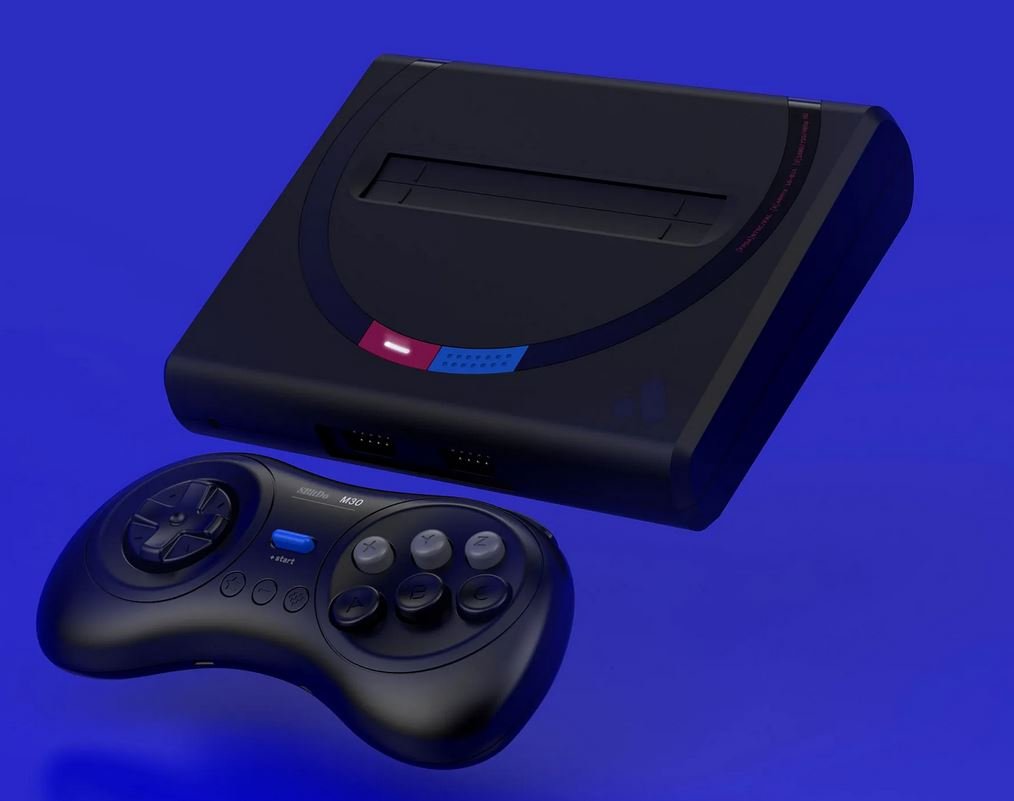
Retromags 2025 Fun-Raiser!
Out of Stock -
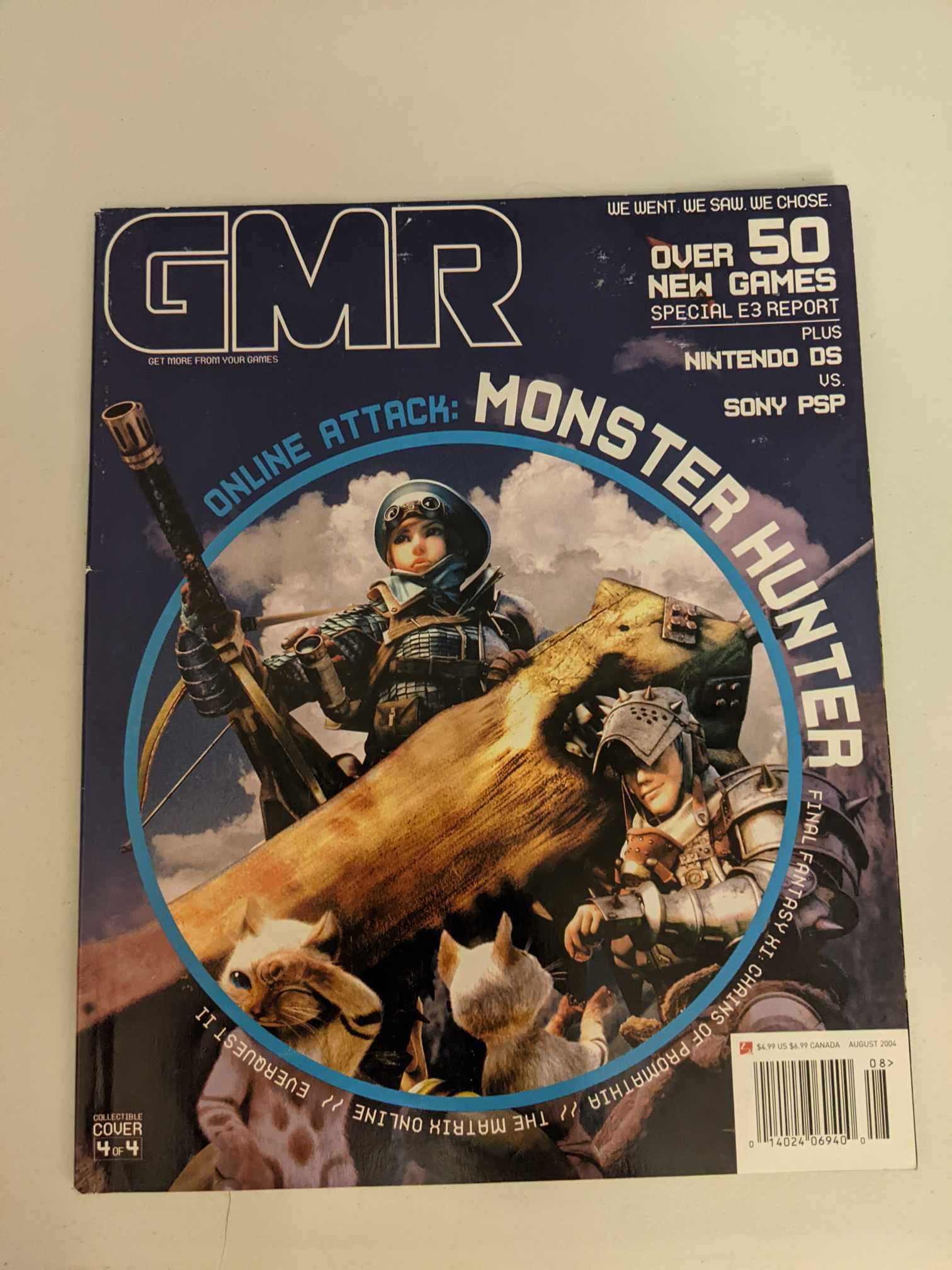
GMR Issue 19 (August 2004)
In Stock -
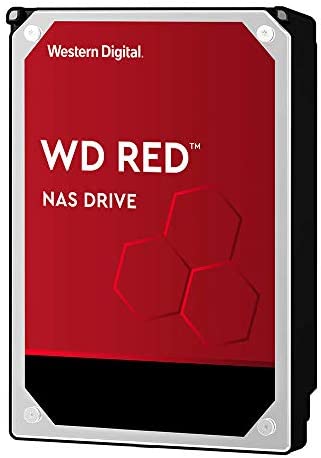
Retromags Blindbox Fundraiser!
Out of Stock -
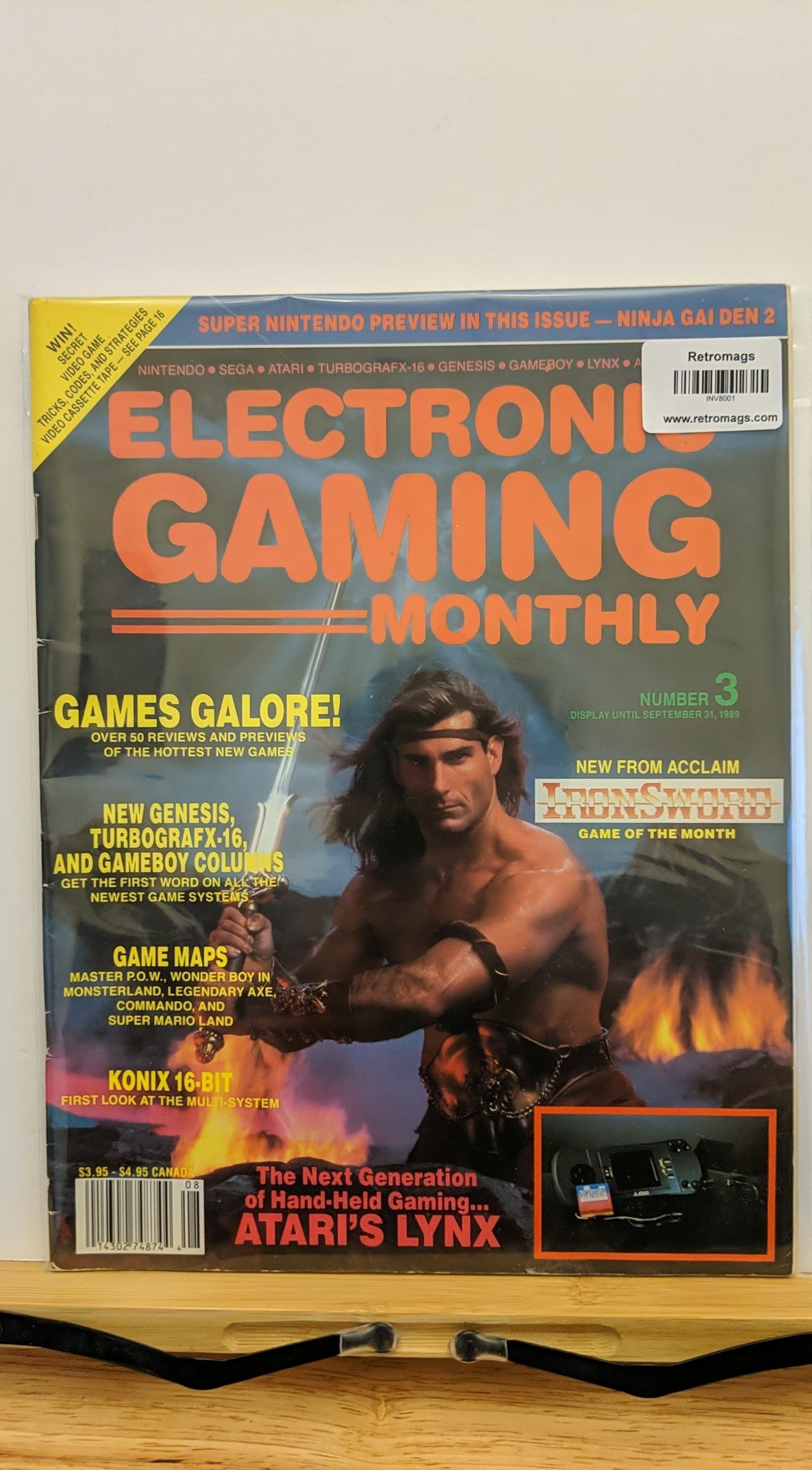
-
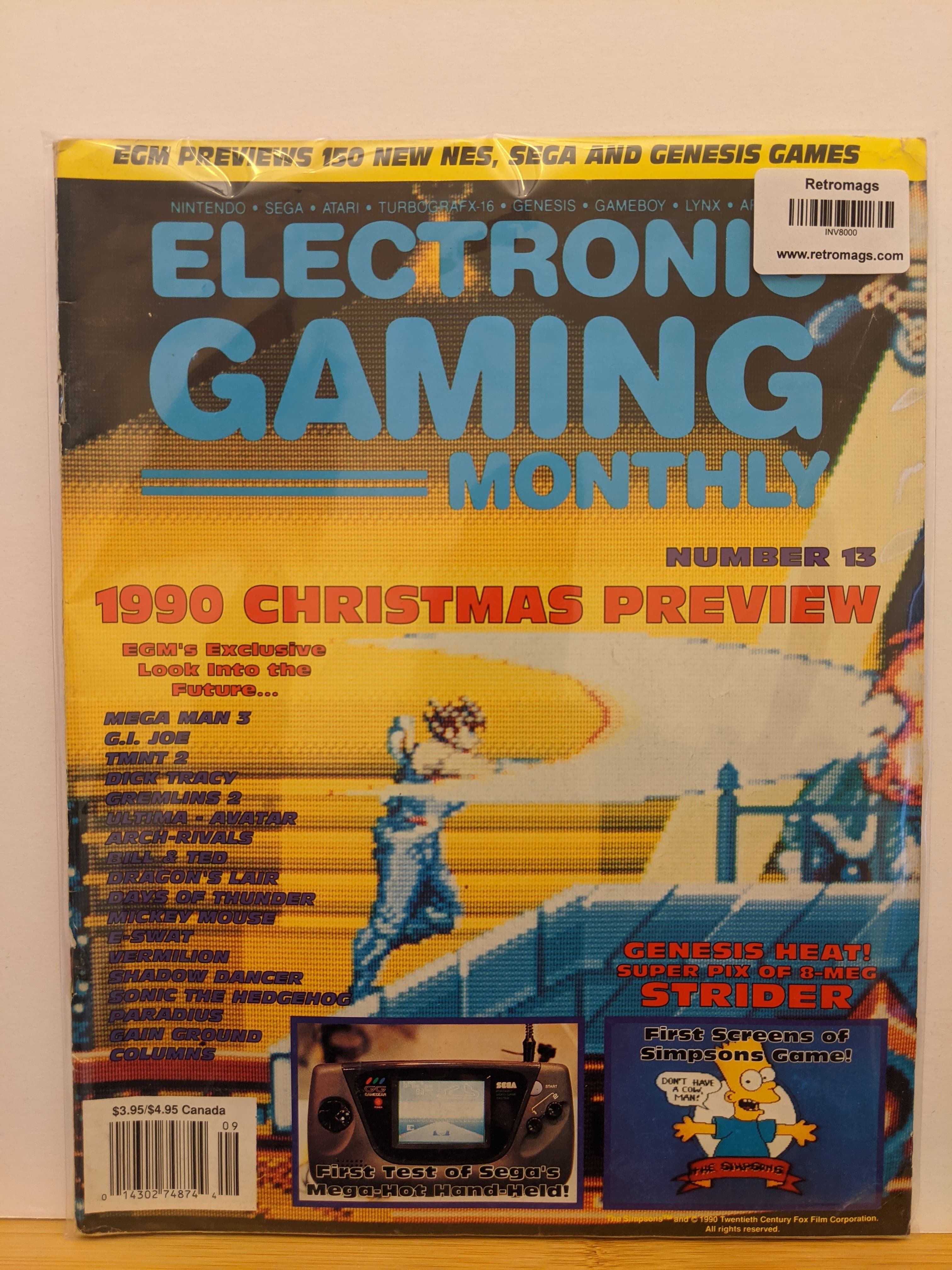
Electronic Gaming Monthly Issue 13 (Christmas 1990)
Out of Stock
-
-
Download Statistics





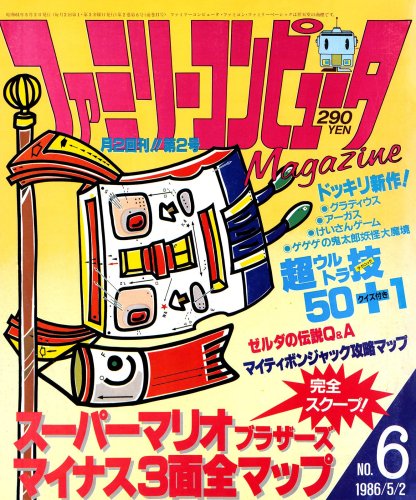
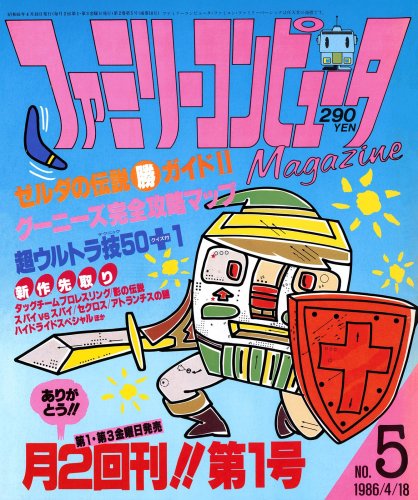
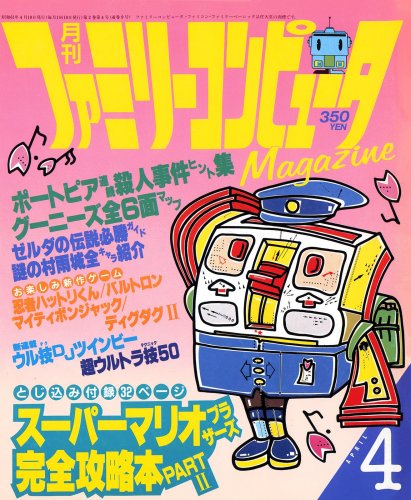
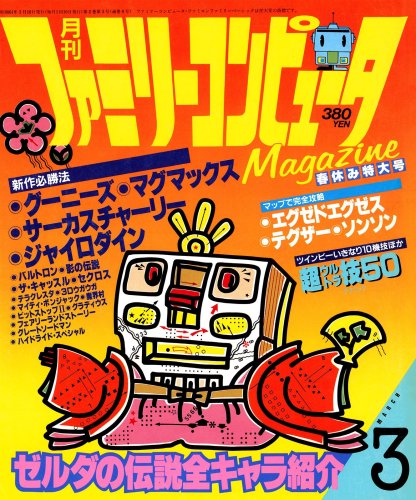
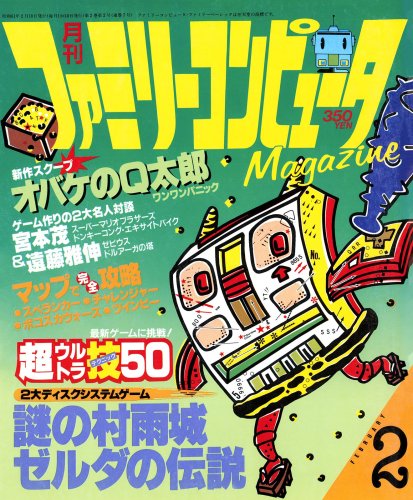
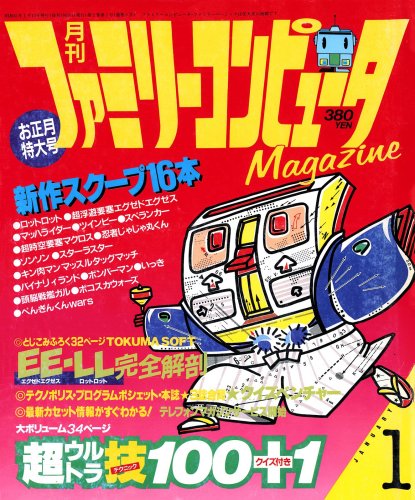
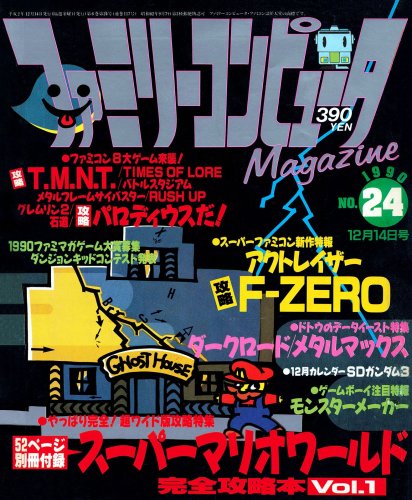
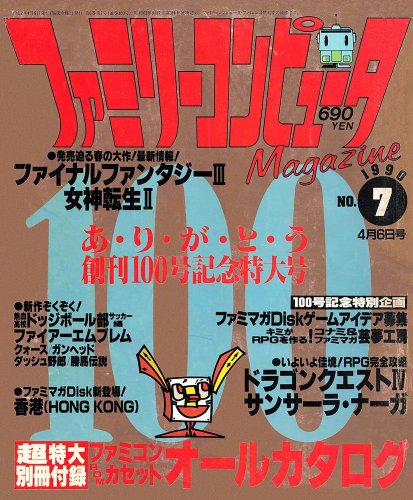
.thumb.jpg.5e0f91da02f5bcbfedba43ebfca508ae.jpg)
.thumb.jpg.66e90596218b82515a910436b33a3d1e.jpg)


.thumb.jpg.e11d25a159eb040b00bf65c66ce5584c.jpg)
480.thumb.jpg.3faf14e431cf94b4353886917d26924a.jpg)
.thumb.jpg.d8f52298154a9bacdd6d98b8d5cff3e3.jpg)
.thumb.jpg.1081d42cc669774bf6d2aa9e71bb79ff.jpg)
.thumb.jpg.b976d06ba41e840dd1c9df5f2d8c0a45.jpg)

.thumb.jpg.b70a090027aaea5ba435794ab41b4b45.jpg)
.thumb.jpg.90749e7712c51590c9800b79cc1ea514.jpg)
.thumb.jpg.66053648e88bfa49605241cf9ca512da.jpg)

.thumb.jpg.617908f59a5d0579994379ee72e91c17.jpg)
.thumb.jpg.f4fe71c2c5748c08c2e12a2ac05cd55a.jpg)
.thumb.jpg.e407b48d01430d741bd16e324b970b9c.jpg)